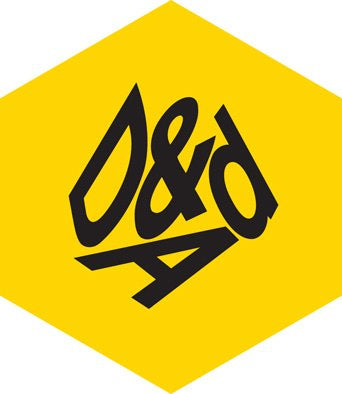
D&AD 2015 Awards judging

The Magazine and Newspaper category of this year’s D&AD Awards is being judged today in London. An impressive group of editorial designers will meet at the Truman Brewery to look over the entries and decide which, if any, deserve an award. We caught up with the judges ahead of today’s session and asked them, ‘What was the magazine that first got you excited you about editorial design?’

Veronica Ditting
Art director, The Gentlewoman and Veronica Ditting Design
I remember seeing a talk at the Rietveld Academy by Linda van Deursen who discussed the design treatment for the 2001 book ‘Library of the Museum of Contemporary African Art’ by Meshac Gaba. She explained that the images they received were incredibly varied in nature, coming from different sources, and they wondered how to make it consistent as a book. They managed to unify the material by a specific image treatment and adding the title onto each image, so each single image started looking like an autonomous piece of work.
While this wasn’t the first magazine or book that got me thinking about editorial design, being a student I remember it was kind of a revelatory moment on how much influence editorial design can have on the content and the perception of it.

Sarah Douglas
Creative director, Wallpaper*
Domus, Blueprint and Architectural Review all offered great architecture and design, intelligent critique, strong photography and detailed typography. I was constantly collecting and flicking through architecture magazines. Domus from the 30s, Blueprint the 80s/90s and Architectural Review around the 1969 Manplan era. All had a huge influence on me.

Maurus Fraser
Creative director, Winkreative
National Geographic. My grandfather’s book shelves were full of the iconic yellow spines, which drew my attention from when I was around eight or nine. A magazine with a strong physical presence, epic photography, accessible infographics, playful illustration and real stories. It allowed me the chance to see the world. I was hooked.

Will Hudson
Founder/creative director, It’s Nice That
A nice question and one I’ve never really thought too much about. After some thought I’d have to say football programmes probably played a big part – part of the ritual when you get to the ground, in my case the mighty Bescot Stadium, home of Walsall, when I was about ten years old. The football was never that good but there was something about picking up this little magazine that I got quite excited about.
The first magazine I ever subscribed to was probably Match (the football weekly) and I’d walk down to the newsagents to pick it up.

David McKendrick
Founder/creative director, B.A.M
I wasn’t entirely conscious of it as ‘editorial design’ at the time, but Auto Trader was the first magazine that really got my blood going. I found its sense of order, content and the way it worked incredibly appealing and accessible. Every Friday morning, I’d pick up the new issue and gaze at pictures of GT Turbos as I walked to school. It’s not the most exciting magazine or the most beautiful of designs, but the pureness of what it offered is something I still appreciate.

Billy Sorrentino
Executive creative director, Wired
I grew up in a beach town in Virginia where skateboarding and punk rock were staples. This really got me into fanzines and art mags. Raygun, Thrasher, Big Brother and Maximum Rock ’n’ Roll helped teach me what editorial design was. It was my first real exposure to typography being as much, if not more, of an artistic expression than a photograph or illustration.

Matt Willey
Art director, New York Times magazine
Big Magazine by Vince Frost was the first magazine I saw that made me wonder about how magazines are put together. I came across it when I was on my foundation course and was knocked out by it. It was big – A3 I think – and printed in black and white. Vince had set the type for all the feature openers in wooden letterpress. It felt expressive, dynamic and physical. It had wonderful photography in it by people like Giles Revell and the Douglas Brothers. The spreads were unapologetic and visceral and beautiful all at once. I remember thinking how exciting the format was, images and type working together, and flicking to the credits and wondering what ‘creative director’ (Vince’s role) meant.
dandad.org/en/judging-liveblog


